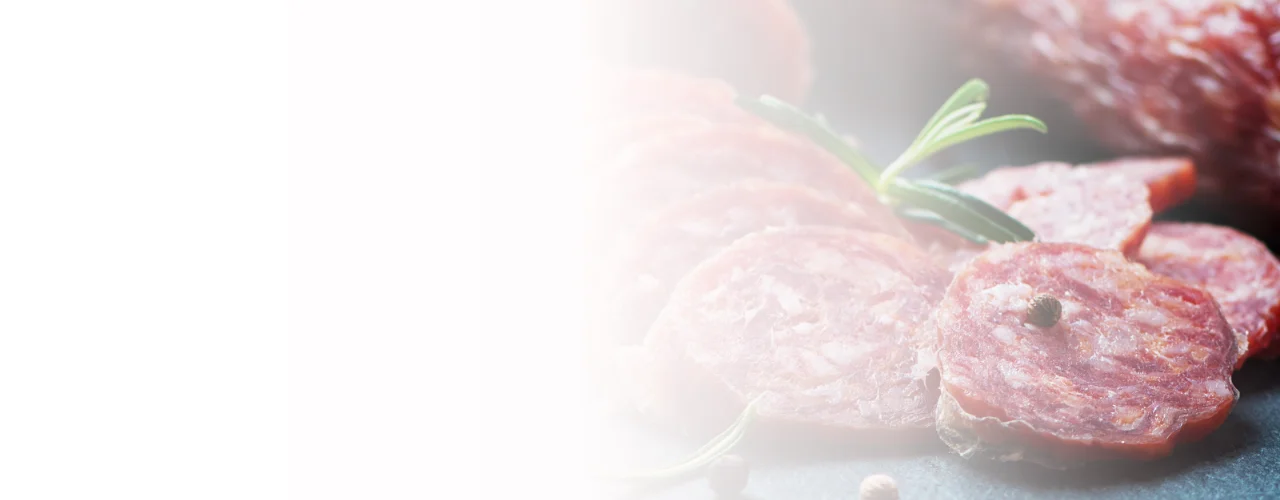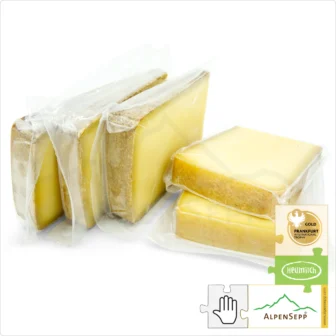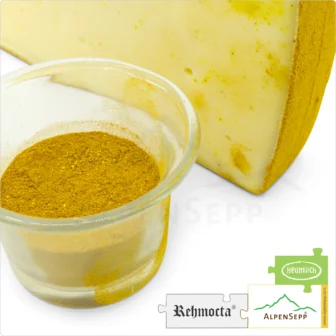News
Interesting report: From wildlife to domestic cattle
Interesting review: The cattle – from wild animals to domestic cattle
The story is well worked up and still has to do with milkCheese milk is the milk intended for the production of cheese, also with the concomitant use of buttermilk products, cream products, sweet whey, sour whey and whey cream (whey cream) » More info and our Vorarlberg cheese – that’s why we like to report about it.
Source: Article from Luag Magazine, Landwirtschafskammer Vorarlberg – 5/2015 – Report „From wild animal to domestic cattle” for download
Almost all of the cattle breeds known today are said to originate from 80 cattle from the Near East. These few specimens made the survival and prosperity of whole peoples possible.
A good two meters high, not very sociable and extremely defensive – that was probably the ancestor of the domesticated cattle breeds. In the Near East one wanted to try it nevertheless with the attitude, with sheep already successes could be booked.
Settlement became possible
The advantages of domestication are obvious:
- The laborious and often dangerous adjustment of the human being became superfluous, and the provisions stood virtually on their own four legs in close proximity.
- The wild animal itself profited from regular feeding and protectionTo protect the cheese wheel, it is put into salt bath or turned into dry salt. The salt removes water from the cheese and it dries faster. So the rind is formed. » More info from predators.
- The livestock farming turned hunters and gatherers into nomads.
- The search for grazing grounds displaced hunting.
- Depending on the region, it became possible over time to storeThe alpine cheese is best located in a cellar with high humidity. » More info the animals’ fodder in order to bridge the winter months in particular.
In general, the basis for the sedentariness was laid with the stock keeping.

The cattle as a valuable farm animal
In addition to goats and sheep, cattle became more and more important as a valuable animal for humans. The skin was used as clothing and weather protection against wetness, the tendons as suture material, the meat as an important source of energy, tallow and excrement were used as fuel and building material and the horns found a new function as vessels.
In particular, the use of male animals as work animals in the form of oxen made it easier for humans to carry out difficult tasks, especially in agriculture.
Control of properties by breeding
The influence of the respective landscape on the race-picture can be read off with old land breeds – like e.g. with the Scottish Highland, that with its water-repellent shaggy fur the Scottish permafrost well endures. But not only the location, also the purpose of use got in the course of the time ever larger Inflss on the races.
Large, strong and willing animals were harnessed to ploughs. Nomads moved around with rather small, robust and cross-country animals. A breed that can give a lot of milk or meat needs a lot of food and water. Hard working cattle as well.
Big and powerful yet frugal, there is no cattle that can do everything at once. So the human being has set his priorities with his wishes and demands in different regions.
He bred races and hits, which he recognized as useful for his purposes. In the meantime there are approximately 1,200 different breeds.

Breeds in Vorarlberg
Utilization-races like milk or beef-cattle are also quite widespread in Vorarlberg meanwhile. So pure dairy cows are rather high-legged and have a large udder and thus a sloping abdominal line. The musculature is less pronounced and fluffy. Show beef cattle a rectangular cylindrical trunk, a deep chest, strong muscles and more curves than the somewhat bony looking dairy cattle. Also dual-purpose breeds are possible, but mostly they tend to either meat or milk type.
Among the most widespread breeds in the Vorarlberg area are the brown cattle (milk breed) in first place with over 57 percent of the total cattle population, the Holstein Friesian (milk breed) in second place with almost 19 percent and the spot cow (meat and milk breed) in third place with 13 percent.

Discussed horns
Over 80 percent of cows in AustriaSince 2004, ARGE Heumilch Österreich has been bringing together around 8,000 hay-milk farmers and more than 60 dairies. » More info do not carry horns. During the first weeks of their lives, the calves’ horns are usually etched or burnt out under anaesthetic. If horns are sawed off in older animals, this must also be done under anaesthetic. Dehorning is also permitted on organic farms. Some breeds and hits are already bred for hornlessness today.
The advantages of hornless cattle are that they keep less distance to each other and the stables can be built more space-saving. In addition, the risk of injury among cattle and for humans is lower. Ranking fights run off softer without horns. Critics like the Demeter federation forbid the members the dehorning.
Their arguments for the remaining of the horns are their alleged influence on the digestion and the metabolism. Milk from horny cows would also contain fewer allergens. However, these claims have not been scientifically proven. The most important argument is probably the unimpaired social behavior, since the horns serve the Imponiergehabe. However, most farmers see more advantages in dehorning than disadvantages.
Cheese experience already in the Stone Age
The first experiences with cheese were probably already made by the Stone Age man. Hunters of this time have found jelly-like lumps in young prey animals. These lumps originated from the mother’s milk previously drunk by the young animals. A real treat at that time!
Extending the shelf life of milk
Man discovered milk as food for himself by domesticating goats, sheep and cattle. However, he had to find a way to preserve the milk that was suddenly available in larger quantities.
The first cheese dairy experiments are said to have taken place in the Middle Stone Age. The art of cheese making originated in various places.
One of the first cheeses was probably sour cheese: milk stored in clay vessels or animal bubbles became sour in the sun or at a warm fire and ran on it. Under favourable circumstances it became an edible, storable food. The easy to produce sour milk cheese enriched the food supply and helped to bridge bottlenecks.
Later, the effect of rennetNatural rennet is a mixture of the enzymes chymosin and pepsin, which is obtained from the abomasum of young ruminants in milk-drinking age. » More info on cheese production was also discovered. Milk was probably bottled in calf stomachs for storage. The amazing effect was noticed.
Celts and Swiss brought cheese to Vorarlberg province
One of the first archaeological records of cheese production dates from the Neolithic periodThe milk period is also called the lactation period. It is the time when farm animals such as cows, sheep or goats keep milk for milk production. » More info around 5,500 B.C. from Kujawskie in present-day Poland. From around 5,000 B.C. there is evidence of the cheese dairy in Mesopotamia, the Black Sea region, Asia Minor, Egypt and North Africa. In Greece, cheese was also an integral part of the culinary arts very early on. In the Roman Empire Greek slaves refined the art of cheese making – from there it was spread to almost all parts of Europe. When the Celts crossed the Alps in the 4th century BC, they also settled in Vorarlberg and brought their knowledge of cheese production with them.
For a long time the production of cheese in Vorarlberg was limited to sour cheese. Towards the end of the 17th century, the trend from Switzerland towards more sophisticated hard cheeseThe Vorarlberger Bergkäse (mountain cheese) is a regional cheese specialty from the Austrian province Vorarlberg. » More info production using rennet became increasingly prevalent.
Swiss dairymen came to the country as teachers and farmers’ sons were sent to Switzerland to learn how to make hard cheese. Since then, the processing of milk into hard cheese has been an integral part of Vorarlberg agriculture.
Our “18 Vorarlberg cheeses” in the cheese shop Thanks to our dairy cows
EDITION
Spicy semi-hard cheese
Mild semi-hard cheese
SPICY


































